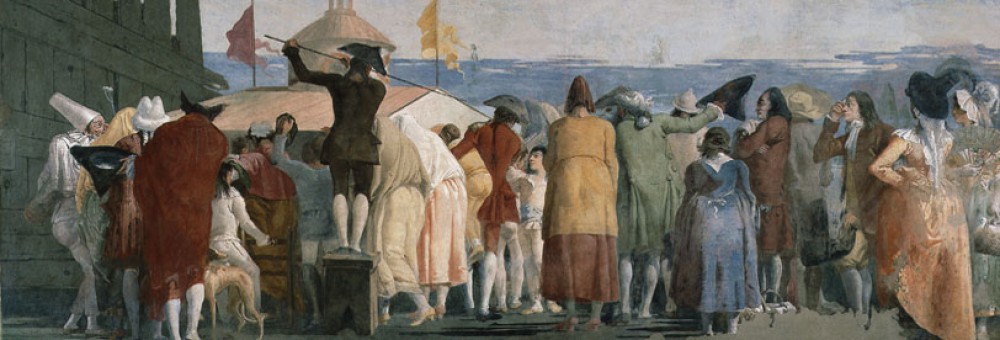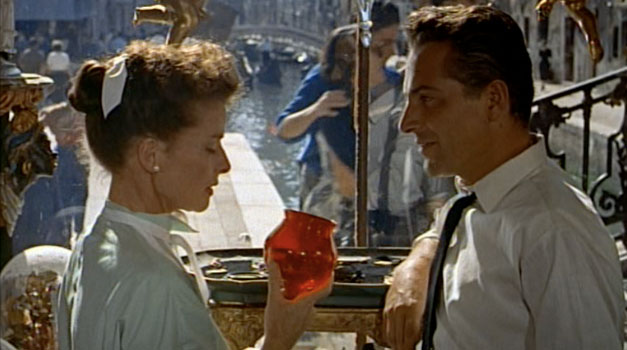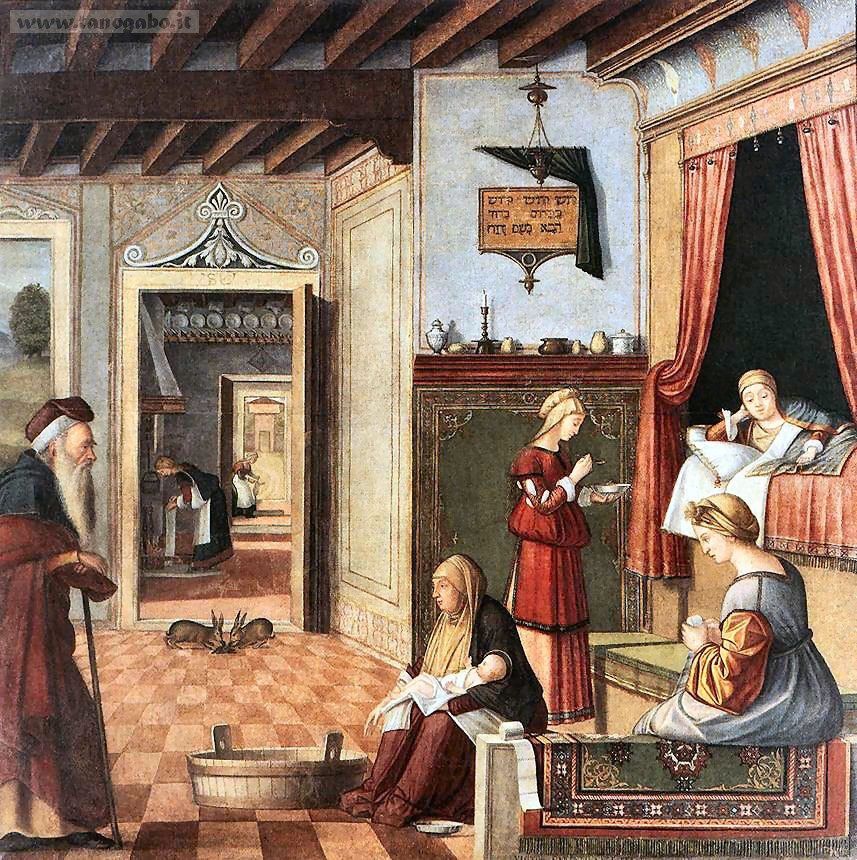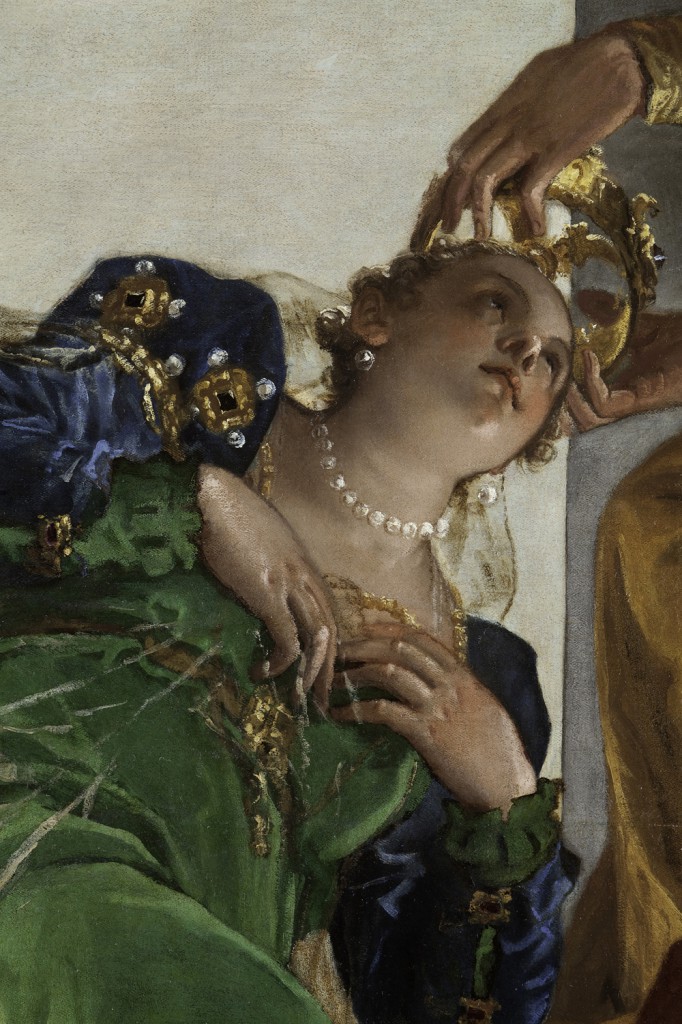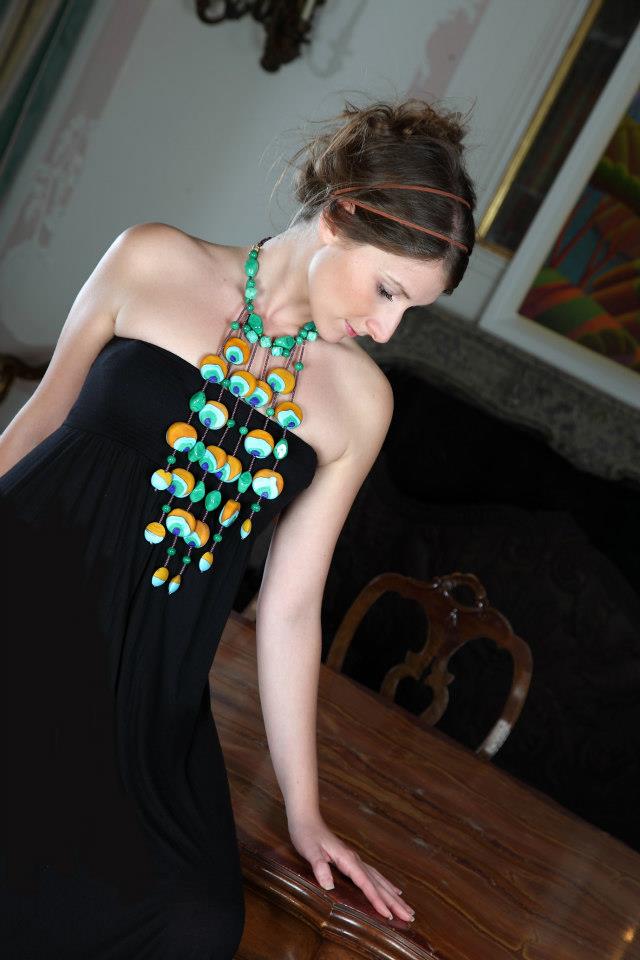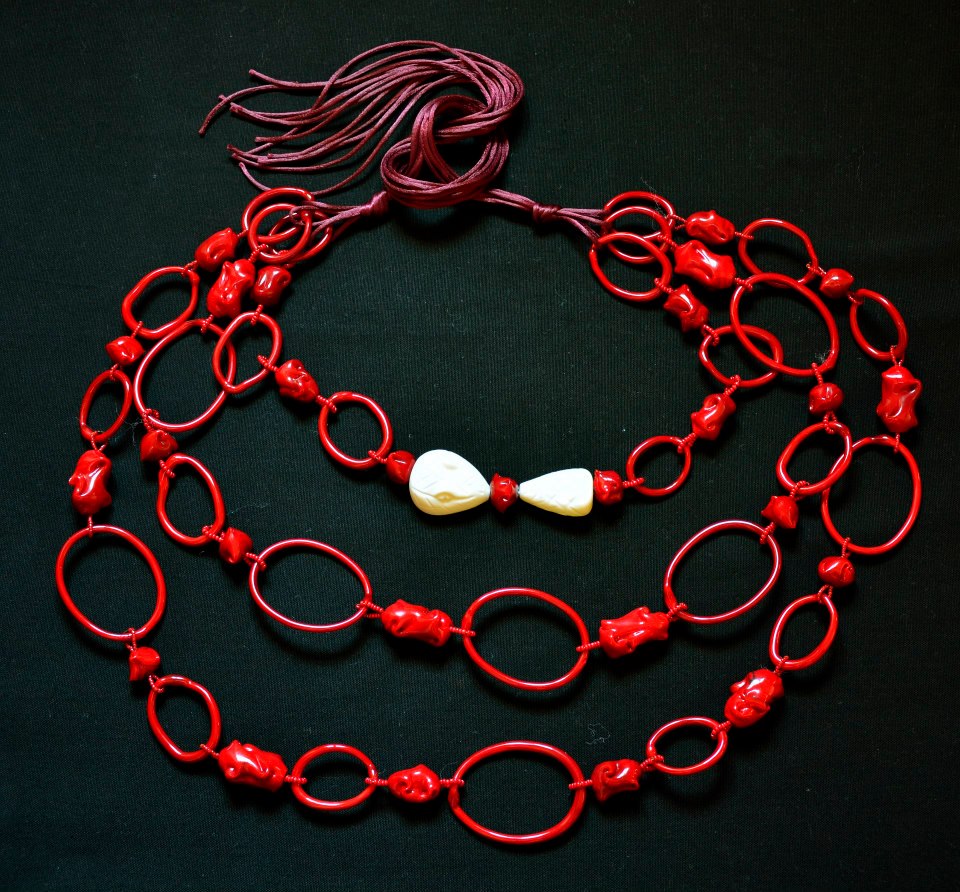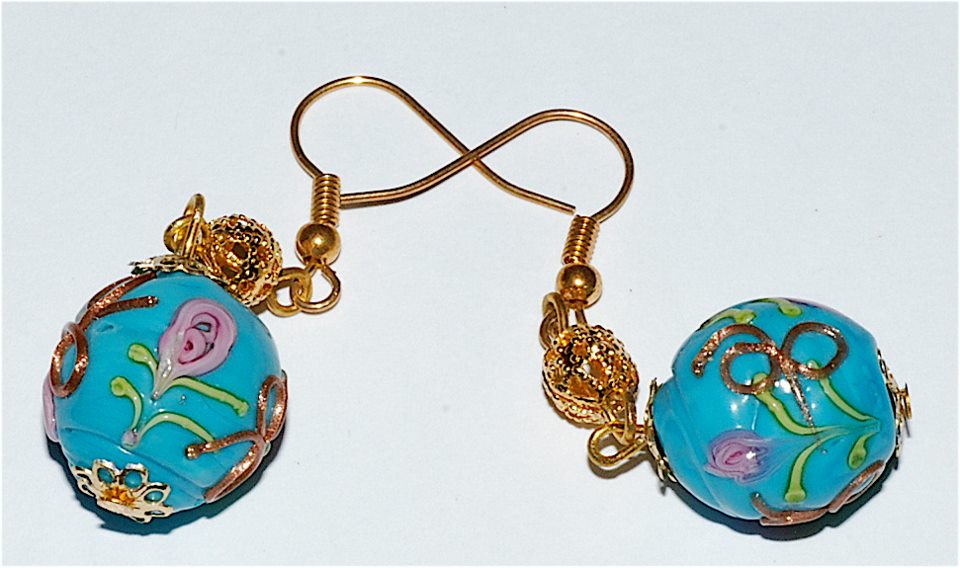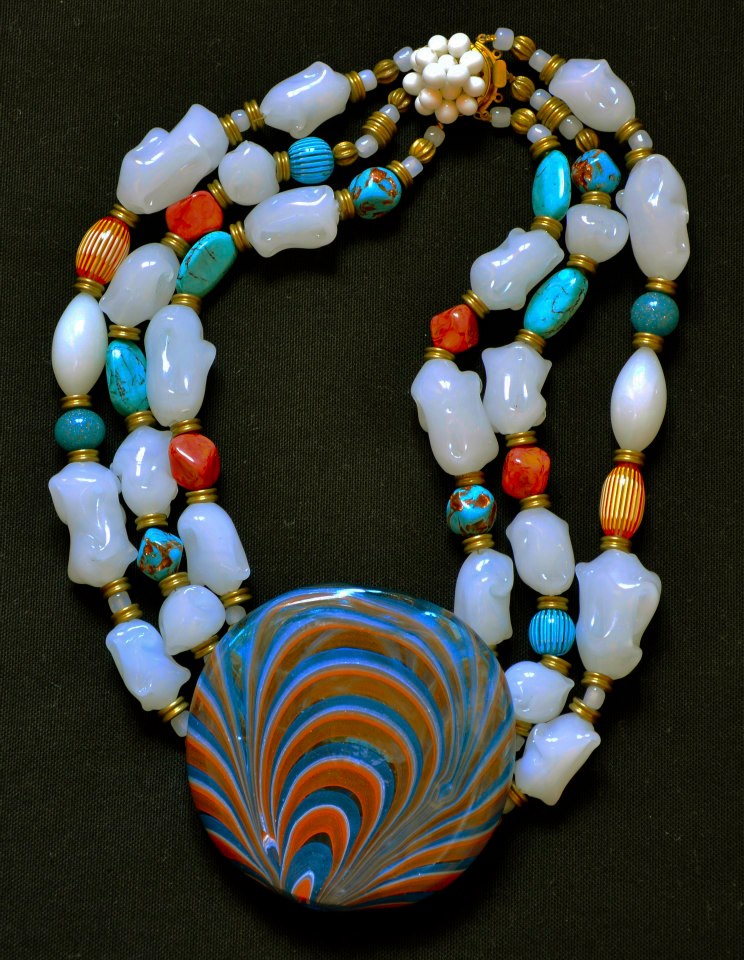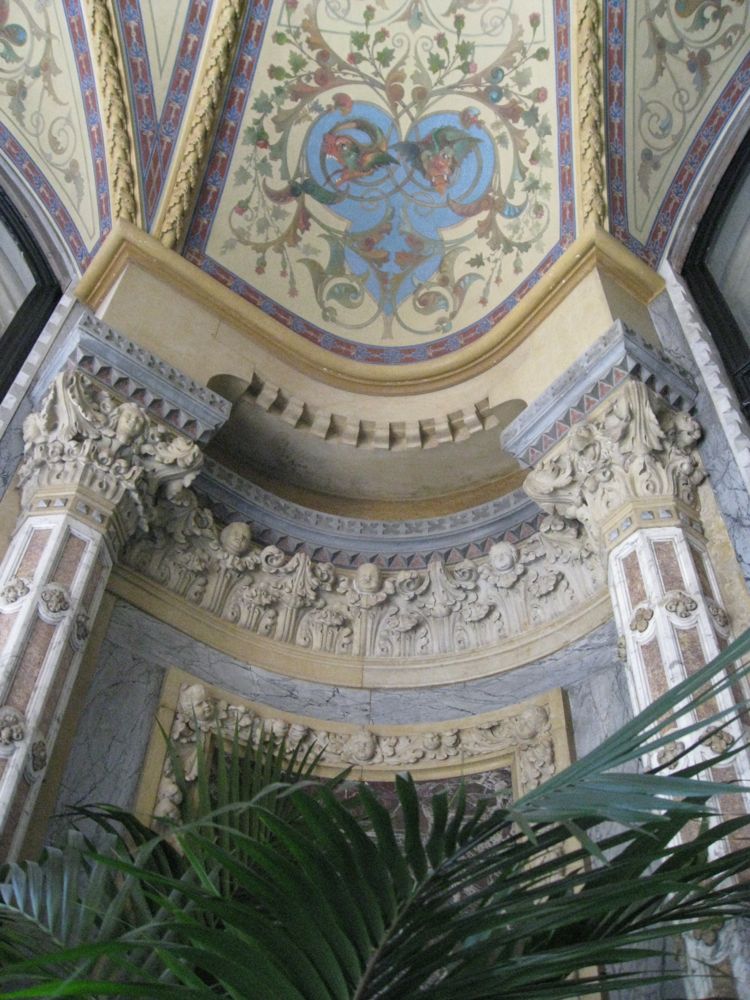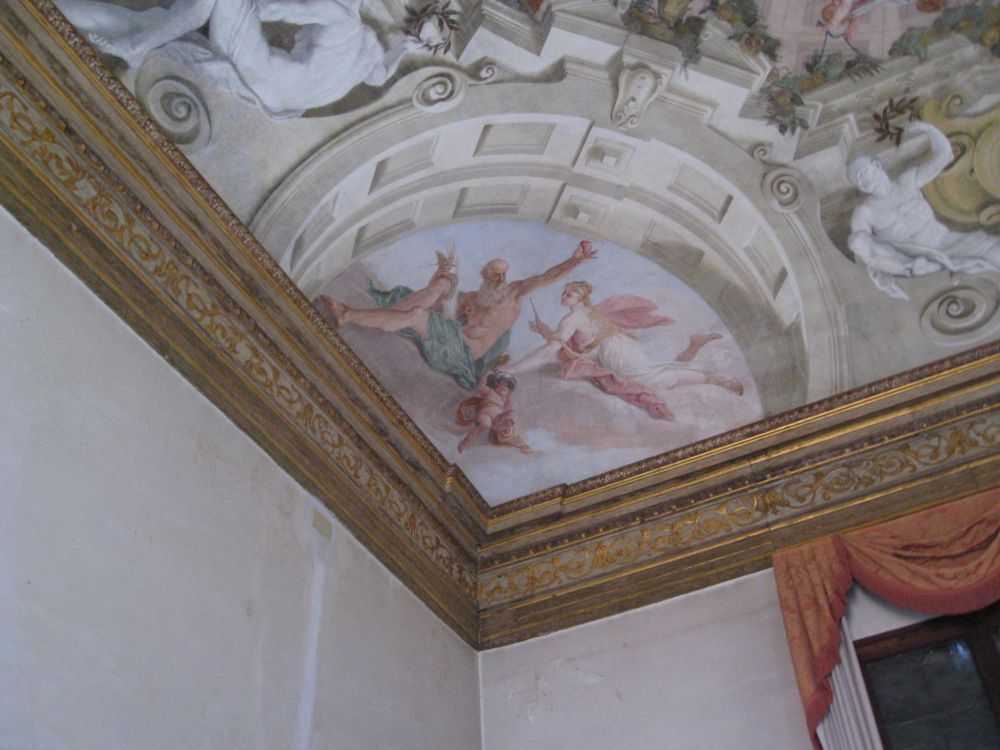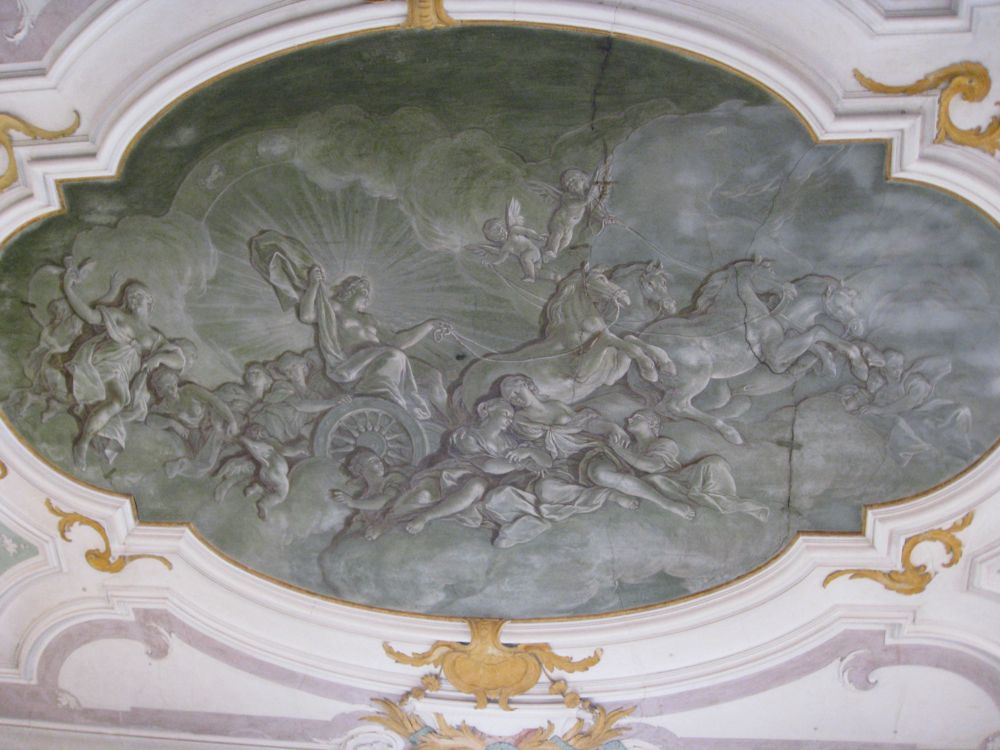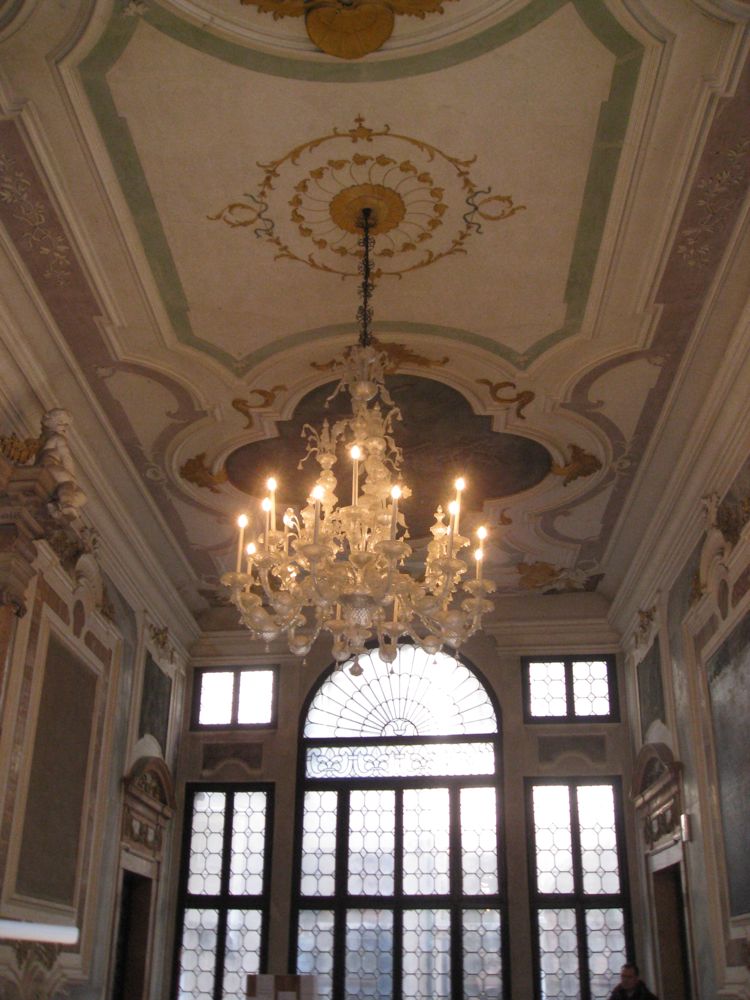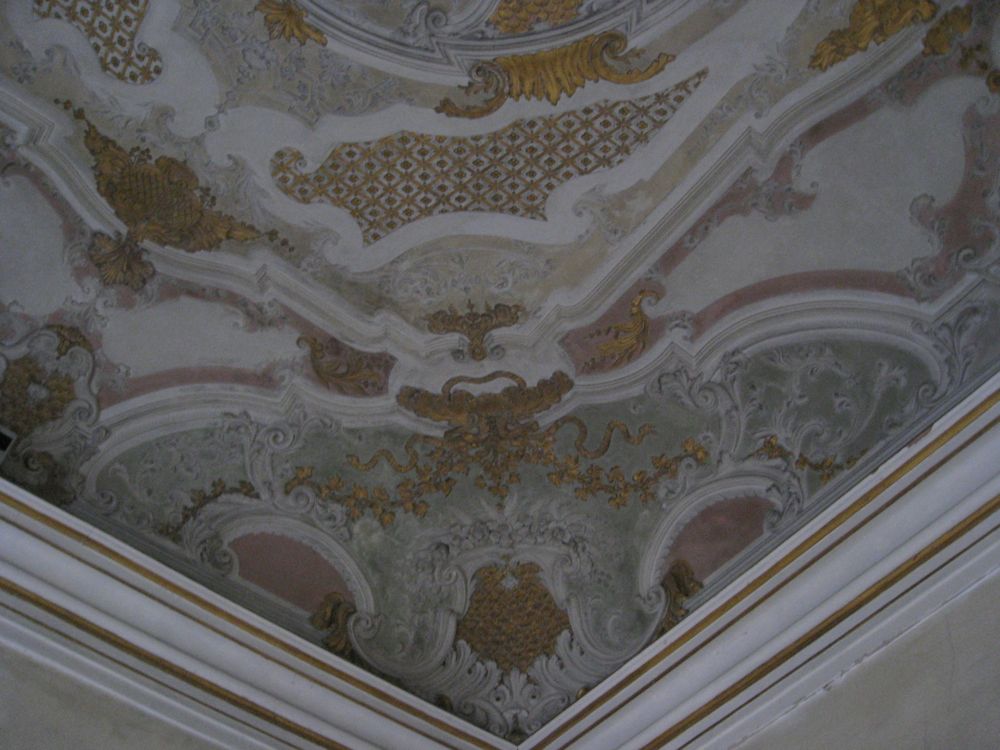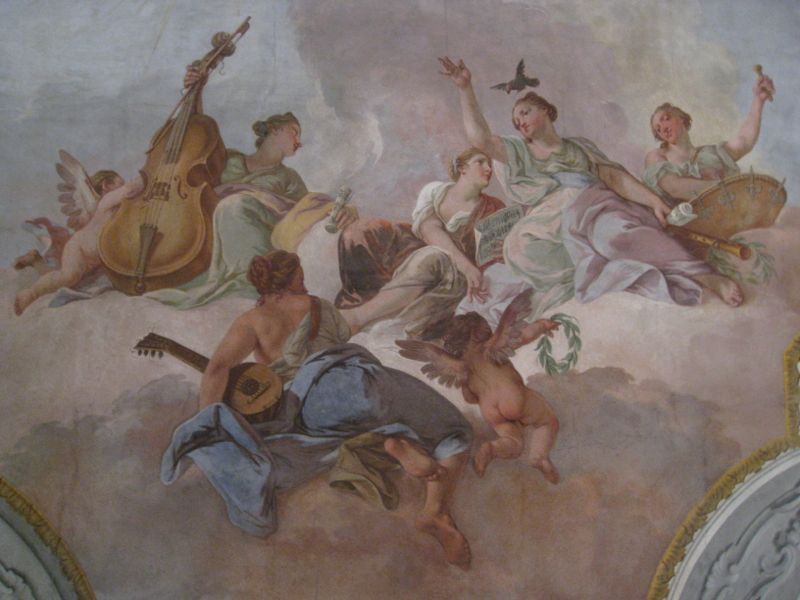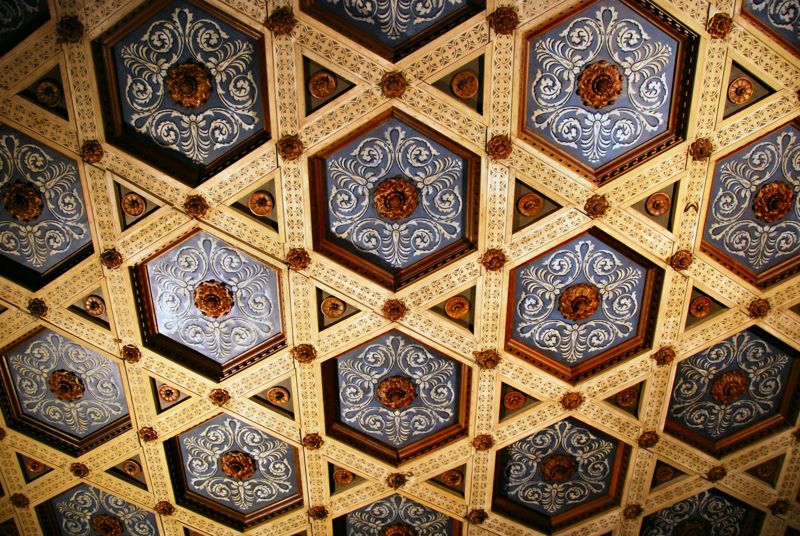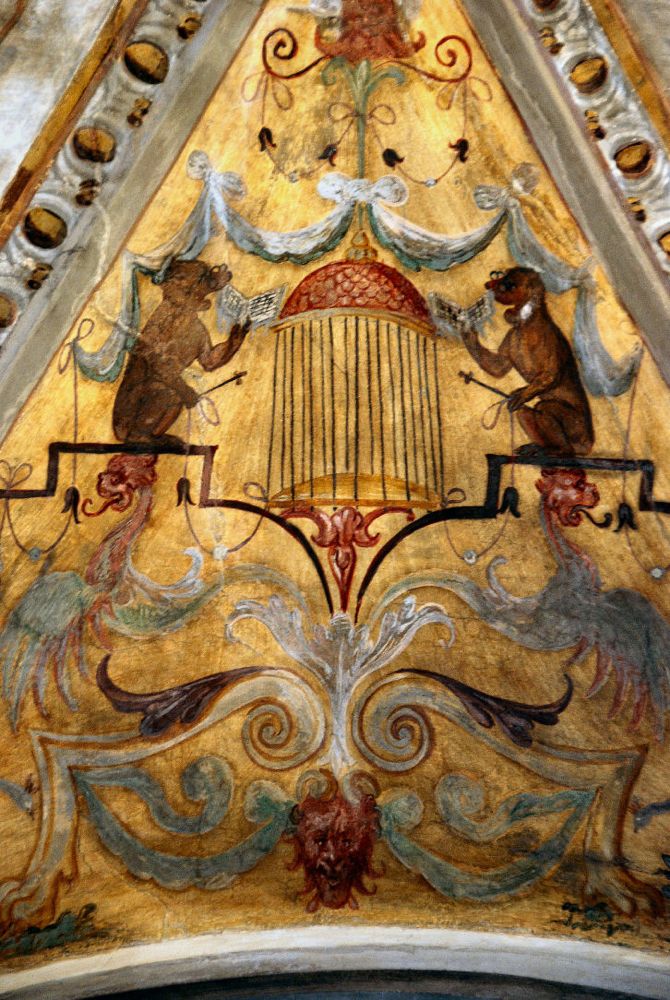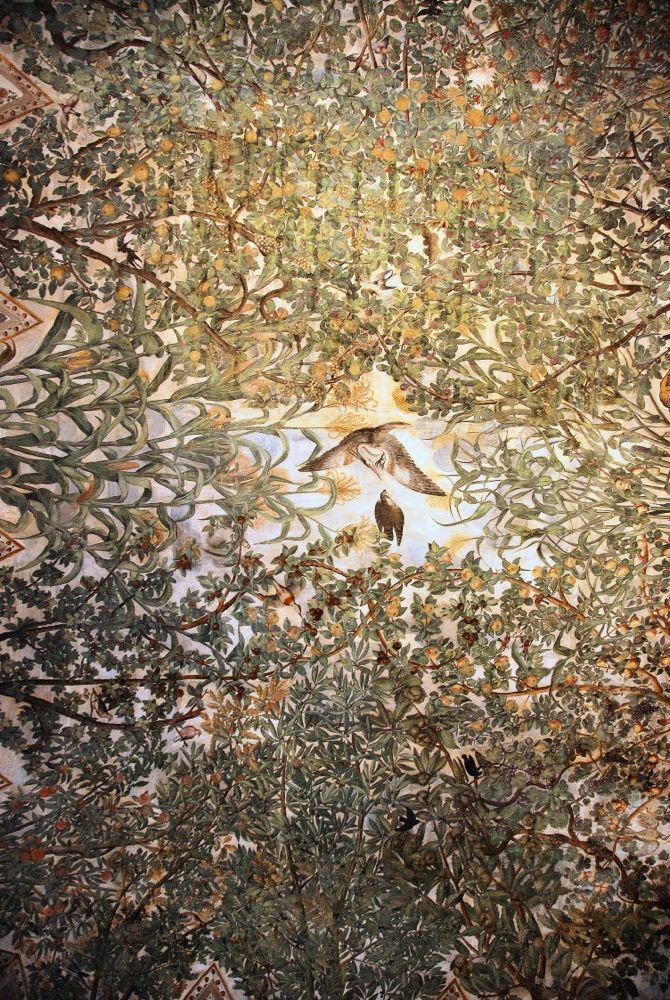A city with no land to expand could not afford to waste vast areas for gardens. In spite of this logical issue, the garden was a must, a status symbol.
Tag Archives: venedig
Movies in Venice
15th Century Fashion in the Paintings at the Accademia Gallery
Masters of the late 15th – early 16th century like Gentile Bellini, Carpaccio, Mansueti were intrigued by the Islamic world.
Venetian and a constant and contradictory relationship with Ottomans, Mamlukes, and Arab people.
Many Venetians used to live years in the Islamic countries and when they came back they brought with them souvenirs, exotic objects, and lots of stories. Probably also some drawings. Moreover, Islamic traders were present in Venice so that for artists it was quite interesting to represent their fashion.
A City of Images: Paintings in the Venetian House of the Renaissance
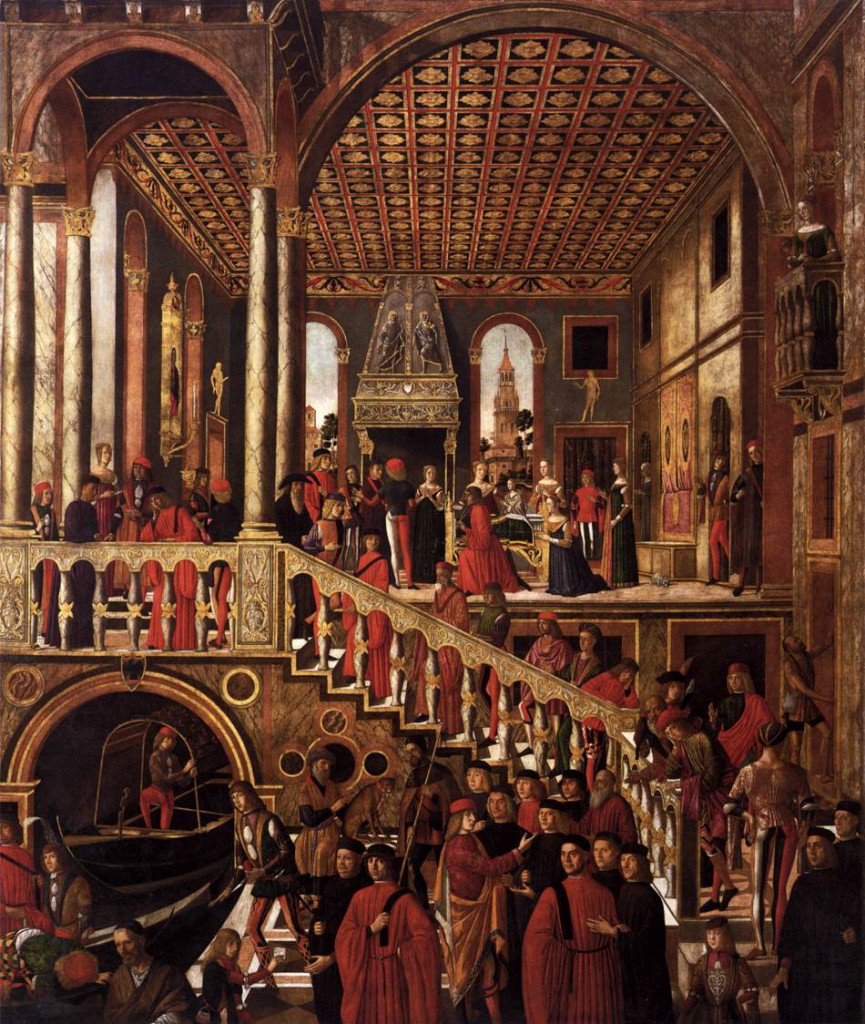
Giovanni Mansueti, The Miraculous Healing of the Daughter of ser Benvegnudo of San Polo, c. 1505, Accademia Gallery, Venice.
Deutscher Text am Ende
In her marvelous book about 16th century Venice interiors, Isabella Fossati Palumbo Casa made a thorough research in ancient inventories, bringing out a world of astonishing richness and color. No doubt that the level and quality of life in Venice, as the author states several times, were higher than anywhere else in Europe.
Paintings were to be found in every house, including those of the common people. Documents show two small butchers at the Ponte dell’Aseo owning 22 paintings, a merchant of cheese owning 25, and a shopkeeper in the Mercerie 13.
We also know of a plume-seller, of a boilermaker, of carpenters and boat builders who owned small paintings. Even in the humblest houses, you could find drawings or paintings on paper.
Subjects were usually religious, like the figure of a Saint to invoke for protection, lots of Madonnas (often in Greek style), and the Three Kings. Sometimes subjects were more exotic, showing, for example, a Turkish figure, man or woman, and there were many portraits of important people, like the Queen of Cyprus, Caterina Cornaro, or the one of a Pope or a Doge, that people would have to make their home more distinguishing.
More rarely, and usually in the richer houses, where people had more opportunities to travel, you could find geographic subjects, like cosmographies, landscapes of other cities or countries. There are anyway exceptions, like the case of a wool-worker owning four paintings about Africa, Asia, Europe, and Peru.
In the houses of the merchants and nobles, the number and the dimension of the paintings were larger, showing also a greater variety in the subjects.
It is easy to imagine that in a city where people were so devoted to art and images, there was a fertile ground that allowed artists like Bellini, Giorgione, Titian, Tintoretto, or Veronese (to mention just a few of them) to develop their talent and creativity.
The book of Isabella Fossati Palumbo Casa is available at the moment in French and in Italian.
Deutscher Text
In jedem venezianischen Haus waren Gemälde zu finden, auch in denen der einfachen Leute. Selbst in den bescheidensten Häusern konnte man Zeichnungen oder Gemälde auf Papier finden.
Die Motive waren normalerweise religiös, wie die Figur eines Heiligen, der zum Schutz herangezogen werden sollte, viele Madonnen (oft im griechischen Stil) und die Drei Könige. Manchmal waren die Motive exotischer und zeigten zum Beispiel eine türkische Figur, einen Mann oder eine Frau, und es gab viele Porträts wichtiger Personen. In den reicheren Häusern, in denen die Menschen mehr Reisemöglichkeiten hatten, konnte man sogar geografische Themen wie Kosmografien, Landschaften anderer Städte oder Länder finden.
Sacral Beauty in Venetian churches
In spite of the confusion and the thousands of people in the narrow alleyways, there are still places where you can hide from crowds and noises: churches in Venice are a real oasis of peace and beauty.
Venice glamorous Glass Beads
Made by blown glass or through lamp-work, of different shapes and colors, enriched by microscopic glass threads, the Venetian glass beads are still today a must-have for every woman living in the city.
In Venice there are still some glass beads shops, different for style and design, where you can find unique pieces.
In the district of Santa Croce, a small shop reveals an incredible variety of beads. The owner of this little and hidden shrine, Cristina Bedin, is a passionate jewel designer who travels throughout Europe, the Mediterranean world and also to the States, to search ancient or vintage beads.
She designs and makes personally the necklaces that you can see in her shop, but she can make up one for you with the beads that you can choose yourself from her amazing collection.
Cristina is also a fabulous narrator and while you are there you can listen to the many stories she knows about this beloved jewel, as for example that in the 17th and 18th century they were used as currency in Africa and in America to trade with the Natives.
The creativity of Cristina Bedin is constantly inspired by the long tradition, the today fashion and by that sense for glamour that has always accompanied Venetian women throughout the long history of the city.
If in Venice, don’t miss her!
L’Opera al Bianco – Santa Croce 1239/a – Venice
www.operavenezia.com
The Bridge of Sighs
The most photographed bridge of Venice, the most romantic, the most mysterious.
The covered bridge that leads from the Doge’s Palace to the Prisons has, in fact, somber fame. Some people think that it was named after the laments of those who were going to be executed. It sounds like a good reason but unfortunately there are no records about it.
Venetian Ceilings: Renaissance, Rococo and Art Nouveau
The interiors of the Venetian palaces are usually in late Rococo style, as to say of the second half of the 18th century. The wealthy families enjoyed renewing the interiors – frescoes, plaster-work, paintings – according to the latest trends. They never felt less important than their ancestors, so they didn’t hesitate to change the older ornamentation.
One of the few older exceptions is Palazzo Grimani in Santa Maria Formosa. The Patriarch Giovanni Grimani who enlarged in the 16th century this lavish palace in Renaissance style was to become such a prestigious figure in Venetian history that his descendants left some of the many rooms with the original decoration.
In the late 19th century the properties had changed completely. Palaces were sold several times and the owners – Venetians, Italians, or foreigners alike – took away whatever they could, from doors to paintings and frescoes, and they tried even to detach the plaster-work from the ceilings.
Some buildings were carefully preserved, like for example Palazzo Barbaro, some other ones were restored almost to their previous beauty when owners could afford to buy in the auctions furniture and other objects in the late 18th-century style.
Some of the palaces were refurbished in the style of the time, that today we call Art Nouveau, of which Palazzo Franchetti Cavalli is one of the best examples.
See below some ceilings of various palaces in Venice.
Deutscher Text
Die Innenräume der venezianischen Paläste sind normalerweise im späten Rokoko-Stil gehalten. Die wohlhabenden Familien erneunten die Innenräume – Fresken, Gipsarbeiten, Gemälde – nach den neuesten Trends bis zum Ende der Republik.
Eine Ausnahme ist der Palazzo Grimani in Santa Maria Formosa. Der Patriarch Giovanni Grimani, der im 16. Jahrhundert diesen verschwenderischen Palast im Renaissancestil vergrößerte, sollte zu einer so angesehenen Figur in der venezianischen Geschichte werden, dass seine Nachkommen einige der vielen Räume mit der ursprünglichen Dekoration hinterließen.
Im späten 19. Jahrhundert hatten sich die Eigenschaften komplett verändert. Paläste wurden mehrmals verkauft und die Eigentümer – Venezianer, Italiener oder Ausländer – nahmen alles weg, von Türen bis zu Gemälden und Fresken, und sie versuchten sogar, die Putzarbeiten von den Decken zu lösen.
Einige der Paläste wurden im Jugendstil renoviert, wofür der Palazzo Franchetti Cavalli eines der besten Beispiele ist.
Unten sehen Sie einige Decken verschiedener Paläste in Venedig.
